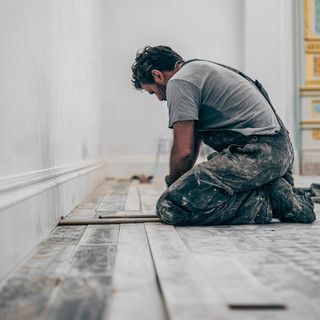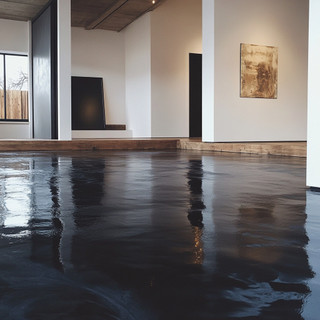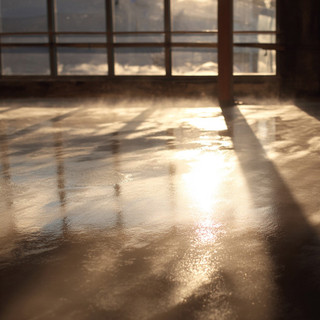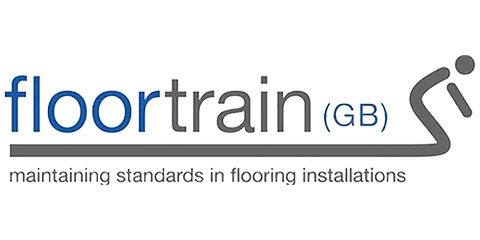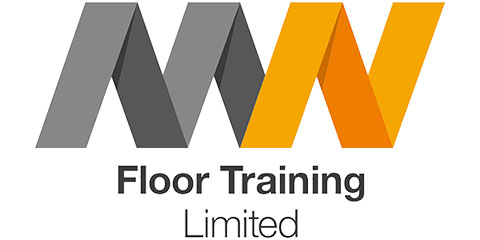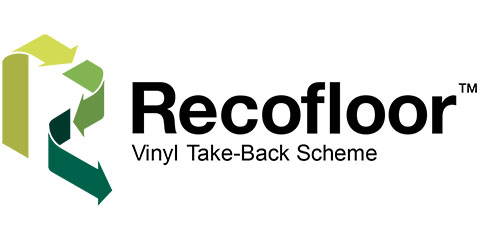What Is Screed?
Posted by Teri-Ann Fisher on 29th May 2025
Screed is a thin material layer that is laid over a concrete base, commonly known as the substrate, and it is made from a mixture of cement, sharp sand, and water. Screed helps to create an even and smooth surface, providing more stability in preparation from the final floor layer to be added. Floor installations are also made easier with the use of screed, as uneven surfaces can cause complications when fitting a new floor. Whilst it is not as strong as the concrete substrate, the screed is used to increase the floors durability and structural integrity, as well as concealing underfloor pipes and creating a more uniform appearance.
Different Types of Screed
There are three types of screed that are the most commonly used; bonded, unbonded, and floating. The type of screed that is utilised is dependent upon the type of concrete base that has been used and the building’s specific requirements.
As well as the three types outlined above, reinforced screed and wearing screed are used for more specific and demanding requirements. Reinforced screed uses glass fibres, a metal mesh sheet, or polypropylene fibres for extra structural integrity and to deter cracking during the initial curing period. By taking additional steps to prevent cracking, this ensures the strength of the screed is maintained for when the final flooring layer is added. Wearing screed is the strongest and toughest type of screed, with the ability to be used as the final flooring layer without having to lay any flooring on top. Wearing screed is designed for maximum wear and tear, often requiring additional aggregates to make the mixture more durable. It is most typically used in industrial settings, such as warehouses and power stations, where there is a high demand for flooring to be extremely robust.
Bonded Screed
Bonded screed is directly applied to the concrete substrate with the use of an adhesive. Prior to applying a bonded screed, the floor must first be prepared and cleaned to maximise the bonding potential. In order to prepare the concrete substrate, this is often sanded to create a rough texture and a bonding agent is also required. Bonded screed works by using the friction from the rough concrete to create a strong bond between the screed, concrete, and adhesive. It is ideal for thinner applications where heavy loading is expected.
Unbonded Screed
Unbonded screed is applied by laying it atop a PVC or damp-proof membrane, separating it from the concrete substrate. This method of screeding is most commonly used where damp presents serious concerns, the middle layer between the concrete substrate and the screed acting as a barrier to prevent structural damage on a deeper level. When using unbonded screed, it is essential to monitor it throughout the entire drying process and ensure it does not dry too fast. If it dries too quickly, the edges of the screed would be prone to warping.
Floating Screed
Floating screeds are unbound to the concrete substrate and are typically laid on an insulation layer. This method is typically used in structures with underfloor heating, or where acoustic or thermal insulation are required. It is recommended to add a slip membrane layer below or above the insulation layer to create a separation between the two layers, especially where silver foil backing is present. By including a slip membrane, it presents the reaction between the wet screed and the foil backing should the foil backing have not been oxidised. It also helps control the vapours as the screed mixture dries, and prevents the screed from migrating when it is being laid down.


